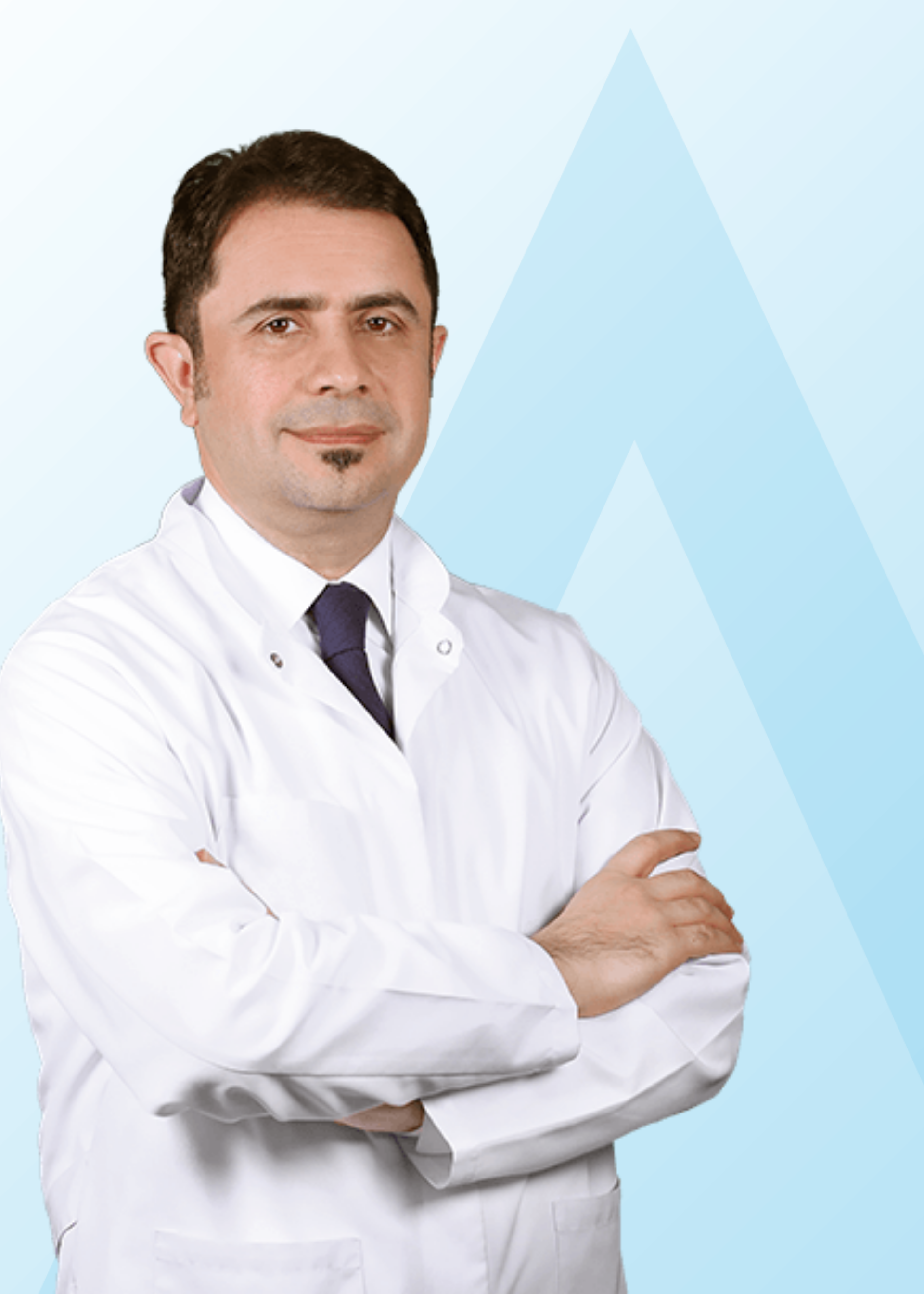
Pointing out that 1 person dies from diabetes every 6 seconds in the world, Endocrinology and Internal Medicine Specialist Prof. Dr. Deniz Gökalp said, “With the SGM (Continuous Glucose Monitoring) system, the patient's glucose level can be measured instantly and monitored on smartphones.”
Acıbadem Eskişehir Hospital Endocrinology and Internal Medicine Specialist Prof. Dr. Deniz Gökalp shared information about diabetes. In his speech on the subject, Prof. Dr. Gökalp said, “Diabetes is a systemic disease characterized by high blood sugar levels that occurs as a result of insufficient release of insulin from the pancreas for various reasons or its inability to act in tissues. The disease is evaluated in 4 classes; Type-1 Diabetes, Type-2 Diabetes, gestational diabetes and other specific types. Type-1 Diabetes is seen due to insulin deficiency caused by the immune system disorder of the beta cells of the pancreas. Type-2 Diabetes, on the other hand, occurs as a result of resistance to the effect of insulin or defect in the release of insulin from the pancreas.”
“1 in 3 adults with diabetes is not aware of their disease”
Pointing out that 1 out of every 10 adults worldwide, that is, approximately 550 million people, have diabetes, Prof. Dr. Gökalp said, “Diabetes is increasing in our country. In a study conducted 15 years ago, diabetes was seen at a rate of 14 percent in the adult population, while today it is seen around 20 percent. However, unfortunately, 1 out of every 3 adults with diabetes is not aware that they have diabetes. Unfortunately, 1 person dies from diabetes every 6 seconds. While diabetes used to be more common in developed countries with high socioeconomic status, today 75 percent of diabetes patients are seen in low and middle-income countries.”
“Personalized treatment is preferred”
Stating that the treatments have also been updated due to this increase in the incidence of diabetes, Prof. Dr. Gökalp continued as follows:
“Today, individualized treatments are preferred. Treatment preferences are made according to whether the patient has heart disease, the presence of overweight and obesity, and the condition of kidney and liver functions. In recent years, new drugs called SGLT2 inhibitors, which increase sugar excretion from the kidney, and GLP-1 analogues, which suppress the appetite center, have come to the forefront with their benefits in cardiovascular diseases while enabling patients to lose weight.”
“Artificial pancreas works with software installed on a smartphone”
Referring to the artificial pancreas method preferred in treatment, Prof. Dr. Gökalp stated that the artificial pancreas is not an organ, but an insulin pump developed to mimic the pancreas. He explained that an insulin pump placed under the skin consists of a blood glucose meter connected to a sensor and a smartphone with a software that determines how much insulin is needed in situations such as food, physical activity, stress and sleep. Prof. Dr. Gökalp said, “This system means a healthier life and increased quality of life for Type-1 diabetes patients. In other words, insulin doses will automatically change according to the decrease and increase in blood sugar for 24 hours. Since the system continuously measures blood sugar, insulin release will start when our blood sugar rises according to the sensor's warning. When our sugar drops below a certain level, it will stop insulin release and prevent blood sugar from dropping further.”
“With SGM, instant glucose measurement can be monitored on a cell phone”
Speaking about the innovations in glucose measurement techniques, Prof. Dr. Gökalp said that the fingertip measurement for many years was replaced by the more popular Continuous Glucose Monitoring (SGM) system. Prof. Dr. Gökalp said that with SGM systems, the glucose value is measured instantaneously with an apparatus placed under the skin on the arm and recorded in the system:
“Thus, glucose values can be continuously shared with family members and health personnel, which helps to manage diabetes and prevent adverse conditions that may occur, thanks to remote monitoring of blood glucose values of patients. Since it transfers data on the current fall or rise of blood glucose to the cell phone, family members of both adult and pediatric patients can see the glucose values instantly and intervene early in glucose drops and rises.”
İHA Haber Kodu: 20241113AW328127